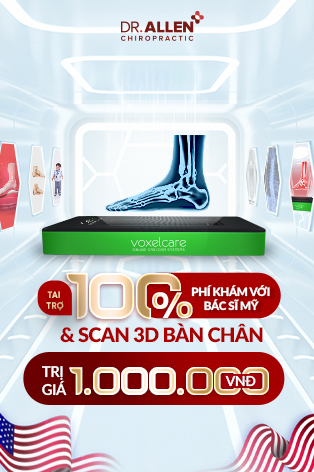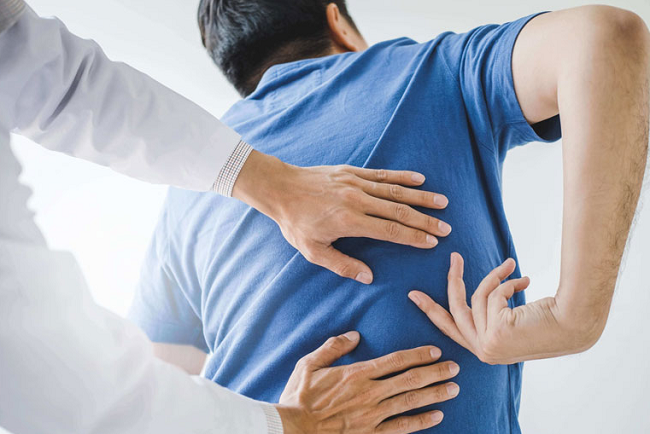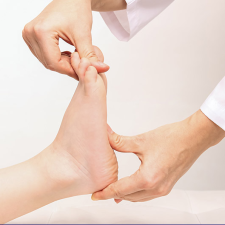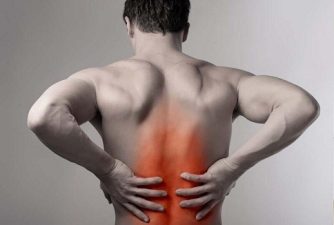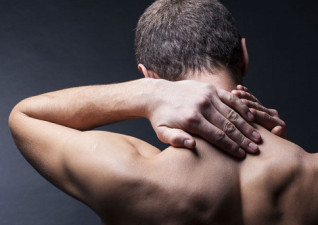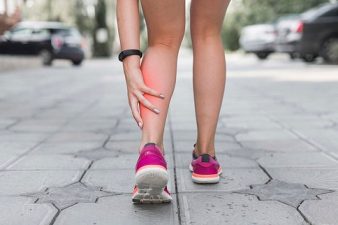Lumbar herniated discs occur when the soft inner core of a spinal disc in the lower back protrudes through its outer fibrous layer. This condition can cause pain, inflammation, and nerve compression, leading to various symptoms and complications. In this article, we will discuss lumbar herniated discs, their causes, symptoms, diagnosis, and treatment options, including physical therapy and exercise.
Lumbar Herniated Disc
The lumbar spine consists of the lower five vertebrae (L1-L5) in the back and plays a crucial role in supporting the upper body and facilitating movement. When the inner core of a lumbar disc protrudes through its outer layer, it can compress nearby nerves, causing pain and neurological symptoms in the lower back, buttocks, and legs.
Herniated Disc Symptoms Lumbar
Symptoms of a lumbar herniated disc can include:
- Lower back pain
- Sciatica (pain, numbness, or tingling in the buttocks and legs)
- Muscle weakness in the legs and feet
- Loss of sensation or reflexes in the lower extremities
Herniated Disc Lumbar ICD-10
In the International Classification of Diseases (ICD-10) coding system, a lumbar herniated disc is classified under the code M51.2, which refers to “other specified intervertebral disc displacement.”
MRI Lumbar Spine Herniated Disc
Magnetic Resonance Imaging (MRI) is the most commonly used diagnostic tool for assessing lumbar herniated discs. An MRI can provide detailed images of the soft tissues in the lower back, allowing healthcare professionals to identify the location and severity of the herniation and develop an appropriate treatment plan.
Lumbar Herniated Disc X-ray
While X-rays can provide information about the alignment and stability of the spine, they cannot visualize soft tissues like discs and nerves. Therefore, X-rays alone are often insufficient for diagnosing lumbar herniated discs. However, they can be used in conjunction with other imaging studies, such as MRI or CT scans, to provide a comprehensive view of the spine.
Treatment for Herniated Disc in Lumbar Spine
Initial treatment for a lumbar herniated disc typically involves conservative measures, such as:
- Medication for pain and inflammation
- Rest and activity modification
- Physical therapy
- Epidural steroid injections
If conservative treatments are unsuccessful or if neurological symptoms worsen, more invasive options may be considered, such as surgery.
Physical Therapy for Lumbar Herniated Disc
Physical therapy plays a crucial role in the treatment and recovery process for individuals with lumbar herniated discs. A physical therapist can develop a personalized program that includes:
- Strengthening exercises for the core and lower back muscles
- Stretching exercises to improve flexibility and range of motion
- Posture and body mechanics education to reduce strain on the lumbar spine
Exercise for Lumbar Herniated Disc
Some exercises that may be recommended for individuals with lumbar herniated discs include:
- Pelvic tilts: Lie on your back with your knees bent and feet flat on the floor. Gently tilt your pelvis up and down, engaging your core muscles.
- Knee-to-chest stretches: Lie on your back and gently pull one knee towards your chest, holding the stretch for 15-30 seconds. Repeat with the other knee.
- Cat-cow stretches: Start on your hands and knees, with your wrists under your shoulders and your knees under your hips. Arch your back, lifting your head and tailbone, then round your back, tucking your head and tailbone under.
Conclusion
Lumbar herniated discs can cause significant pain and discomfort, impacting an individual’s daily life and activities. Early diagnosis and appropriate treatment, including conservative measures like medication, rest, and physical therapy, can help manage symptoms and promote healing. In more severe cases, surgical intervention may be necessary. By working closely with healthcare professionals and following a personalized treatment plan, individuals with lumbar herniated discs can improve their condition and work towards long-term pain relief and recovery.

